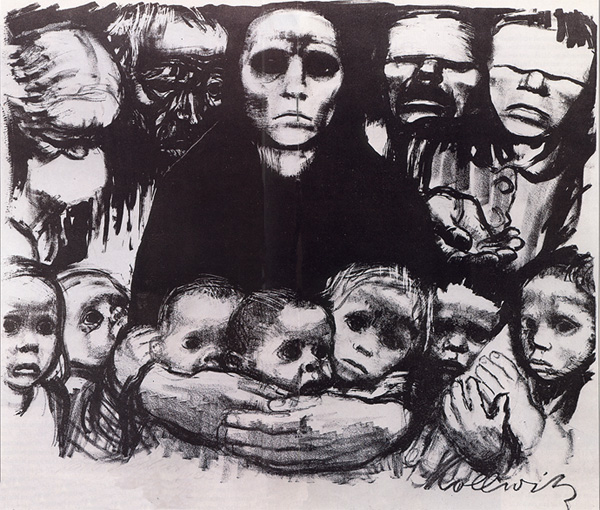This is a declassified CIA historical essay on the Phoenix Program written by a retired Marine officer who was attached to the program from 1969 to 1970. The essay provides important background information on the scope and nature of Phoenix operations in the Vietnam War and describes the role of the Phoenix Program within the context of the larger US counterinsurgency effort in South Vietnam. The document concludes with a detailed narrative of the author’s own experiences in command of a Provincial Reconnaissance Unit (PRU) in the Tay Ninh Province in 1969-1970, along with a summary of the author’s observations about his experiences in the Phoenix Program.
One interesting aspect of this essay is Col. Finlayson’s assertion that the complex, highly organized intelligence operation at the heart of the Phoenix Program was largely unable to provide accurate, reliable intelligence to the secret paramilitary units charged with “neutralizing” identified members of the Vietcong infrastructure. While the author found the intelligence derived from the interrogation of suspects to be generally useful and reliable, he asserts that virtually every other component of the Phoenix intelligence apparatus did nothing more than produce “a large volume of worthless reports.”
Indeed, Col. Finlayson reports that once he began working in the program itself, he found that the best intelligence operation at his disposal was the Provincial Reconnaissance Unit that he commanded. The PRUs were CIA-supported paramilitary units primarily composed of local residents with military experience. They were tasked with the dirty business of tracking down and capturing or killing those persons identified as Vietcong cadre by Phoenix intelligence sources. The author states that their close links with the local community made them ideal candidates for a war of counter-terror on the Vietcong infrastructure in Tay Ninh, and he regards their operations as the most successful part of the Phoenix Program in that area.
In the final section of the essay, Col. Finlayson reflects on the lessons learned from his experiences in the Phoenix Program and asserts that the Provincial Reconnaissance Units represent a model for the type of unit capable of waging an effective and lawful counterinsurgency in future conflicts. Nevertheless, the author makes this recommendation with some trepidation, clearly realizing that the organization and tactics of the PRUs are virtually identical to those of the paramilitary death squads that the CIA and US government publicly deplore in other regions. The author cautions that units like the PRUs are effective instruments of counterinsurgency policy only if a number of prerequisites are met. These prerequisites are worth quoting at length, because they convey a sense of what a “lawful” death squad might look like, at least from the perspective of one CIA operative with experience in the subject:
The units are imbued with both professional and civic ethical standards that make them accountable to the people for their actions, not only to specific government officials or political leaders.
They are equipped and trained to a high level of professionalism.
They are paid well (and regularly) and rewarded for tangible results – a crucial element in preventing corruption and enemy infiltration.
They are organized into small, tightly knit teams whose ranks are filled by members of the communities they serve….
They are subject to effective judicial and political oversight and not free to conduct unauthorized missions, without orders from a competent legal authority.
The units are not responsible for interrogating or incarcerating captives beyond seeking identifying information and holding them until transfer elsewhere.
A clear separation is made between PRU-type units and other police units, especially those involved in criminal investigations and arrests.
The unit’s members and their families are protected by the state from retribution and given assurances that their names will not be revealed to the press or any other unauthorized source.
They are provided with the highest level of ethical and moral leadership.
They receive full access to pertinent targeting intelligence through some form of interagency coordinating group….
If US advisors are assigned to such a unit, they should receive pre-assignment training concentrating on language proficiency, cultural sensitivity, intelligence management, small unit tactics, and staff planning.
It is sad to note that most of these preconditions have never been met in any counterinsurgency campaign supported by the United States. Moreover, the sheer length and content of the list alone make a compelling argument that an idea like the PRUs is simply too dangerous and potentially catastrophic for any democracy to seriously consider. Nevertheless, the idea of the PRUs took hold within the subculture of US counterinsurgency operations, and it has played an insidious role in the execution of US counterinsurgency strategy ever since.


